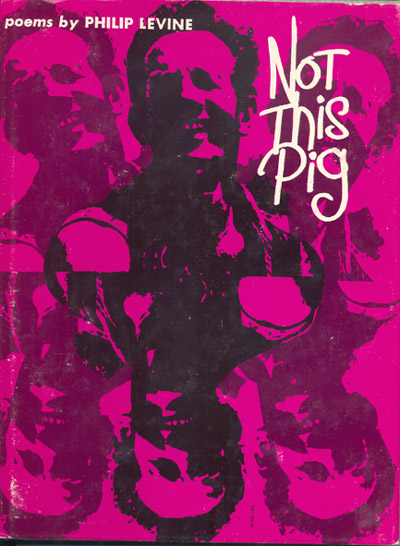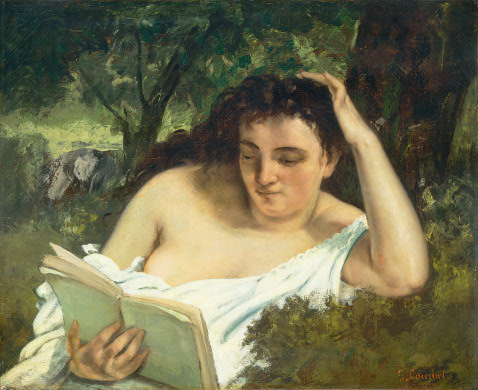
Robert H. Whitmore. Licking Valley. 1919. Dayton Art Institute.
From the Journal of the American Medical Association [JAMA. 2008;299(8):877]:
“We need the tonic of wildness. . . . We can never have enough of Nature” (Walden; or, Life in the Woods, Henry David Thoreau, 1854). These sentiments aptly describe the lifelong muse of kindred spirit Robert H. Whitmore (1890-1979), whose sympathy with nature emanates from his landscape paintings.
Ohio’s native son was born in Dayton, a hub of energy and progress around the turn of the century. The Wright brothers and Charles F. Kettering, innovators in flight and automobile engineering, respectively, were key players in the creative ferment occurring during this time. One of Whitmore’s teachers at Dayton’s Steele High School was the sister of Wilbur and Orville, Katharine Wright, who was said to have recognized Whitmore’s aptitude for art. Whitmore’s home environment was also conducive to aesthetic activities—his father Thomas enjoyed drawing while mother Florence preferred painting.
Whitmore was educated at The Art Institute of Chicago from 1913 to 1917, during which time he received a Frederick Magnus Brand Memorial Prize for Composition. He was a sketching instructor for The Art Institute and taught drawing at Hull House. This peaceful life came to a halt, however, when he was drafted in September 1917. After being discharged as a second lieutenant at the end of hostilities in 1918, and following a year of education at the Cincinnati Art Academy, he came back to the Dayton area, initially teaching at The Dayton Art Institute.
When viewing the tranquil vista in Licking Valley (cover), the carnage of the just-ended Great War seems far away. A dazed French officer described a World War I battlefield scene (The Guns of August, Barbara W. Tuchman, 1962) as follows: “Thousands of dead were still standing, supported as if by a flying buttress made of bodies lying in rows on top of each other. . . .” In Licking Valley, instead of rows of bodies, we see trees standing at attention, overlooking a distant ravine. Although a cold blue light glints off the snow, a rivulet of open water meanders through burnt orange remnants of last summer’s verdure. Snowy hummocks are subtly defined with lavender-blue pigments reminiscent of those in winter scenes by Claude Monet. The portal in Licking Valley formed by the arch of trees and the melting snow presaging spring point toward a hopeful future beyond winter and wounded soldiers. The work was presented as a gift to The Dayton Art Institute in 1922 by the schoolchildren of Dayton.
Whitmore was repeatedly honored by his peers for his diverse artistic accomplishments, which were not limited to painting or landscapes. Among other awards, the W. A. Bryan Prize for best American print of 1924 at the Fifth International Print Makers Exhibition in Los Angeles was conferred for an etching also entitled Licking Valley. The composition is similar but not identical to that of the painting of the same title, suggesting that the scene so pleased Whitmore that he wished to show it from different perspectives, as did Monet with his haystacks and grainstacks. Whitmore’s etching Lengthening Shadows was selected for the 118th Annual Exhibition of the National Academy of Design in New York City in 1944.
Whitmore’s purchase of land in 1924 overlooking the Little Miami River valley near Yellow Springs, Ohio, allowed him to immerse himself in nature. The acreage was once the property of Horace Mann, who served as president of Antioch College from 1853 to 1859, known for its motto, “Be ashamed to die until you have won some victory for humanity.” The old house on Whitmore’s land was in such disrepair that sheep freely rambled through it. Undaunted, with his own labor he mended the abode. He savored the wild splendor surrounding him on all sides. In this, his own Walden, he was able to observe nuances of light and temperament in nature close at hand, intangibles conveyed in his art. His teaching appointment at Antioch College began in 1925 and he remained on the faculty for 30 years. His life was further enriched by his marriage in 1926 to Elizabeth Ann Bennett, a graduate of Antioch, and together they raised five children.
A fiery inferno of a fall landscape currently hangs in the Glen Helen Building in park land near the old home place, further evidence that Whitmore unquestionably fulfilled his goal of sharing the beauty he saw in the natural world. In the words of Thoreau, he showed us that “Heaven is under our feet as well as over our heads.”
Editor’s Note: This week’s writer is Jeanette M. Smith, MD, Contributing Editor.
Jeanette M. Smith, MD
The Cover Section Editor: M. Therese Southgate, MD, Senior Contributing Editor.
JAMA. 2008;299(8):877.
![gustave_caillebotte_paris_street_rainy_day Gustave Caillebotte. Paris Street, Rainy Day (La Place de l’Europe, temps de pluie). 1877. Oil on canvas. Art Institute of Chicago. [Source: Wikimedia Commons]](../../../../wp-content/uploads/2009/02/gustave_caillebotte_paris_street_rainy_day_1877_wiki.jpg)
![Fog at Isle Royale [Source: wildmengoneborneo.com] Fog at Isle Royale [Source: wildmengoneborneo.com]](../../../../wp-content/uploads/2008/04/isle_royale_fog.jpg)
 If there is an emerging genetic underclass, I could run for class president or class clown. Read more in
If there is an emerging genetic underclass, I could run for class president or class clown. Read more in 

Pingback: Flaneur’s Gallery: Robert Whitmore (1890-1979) - a blind flaneur